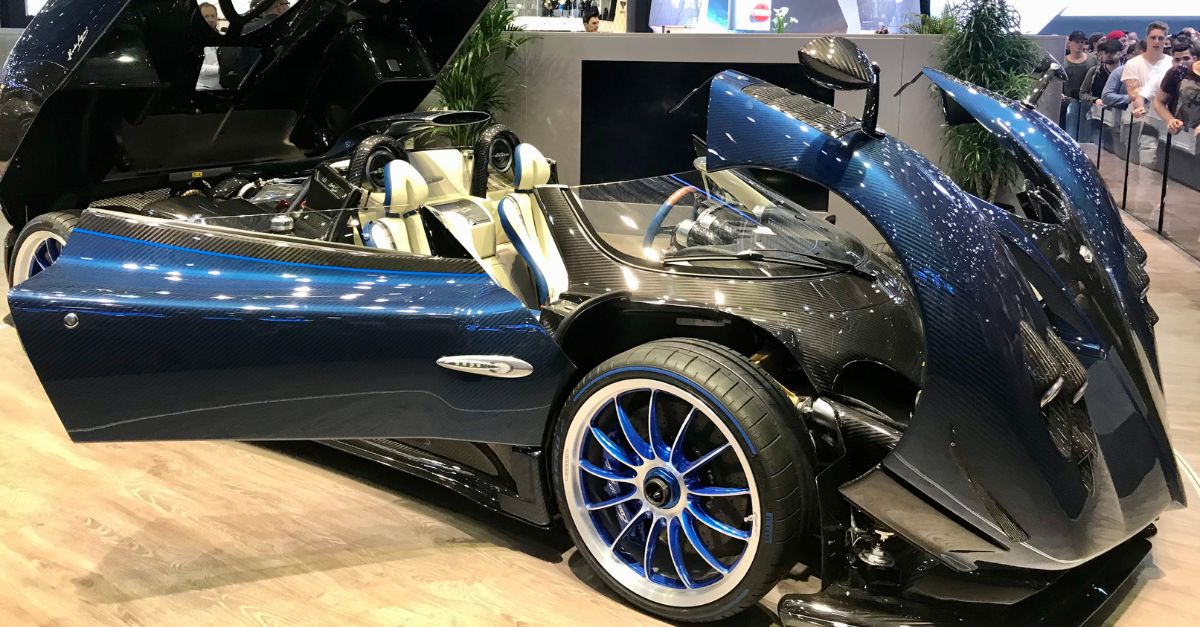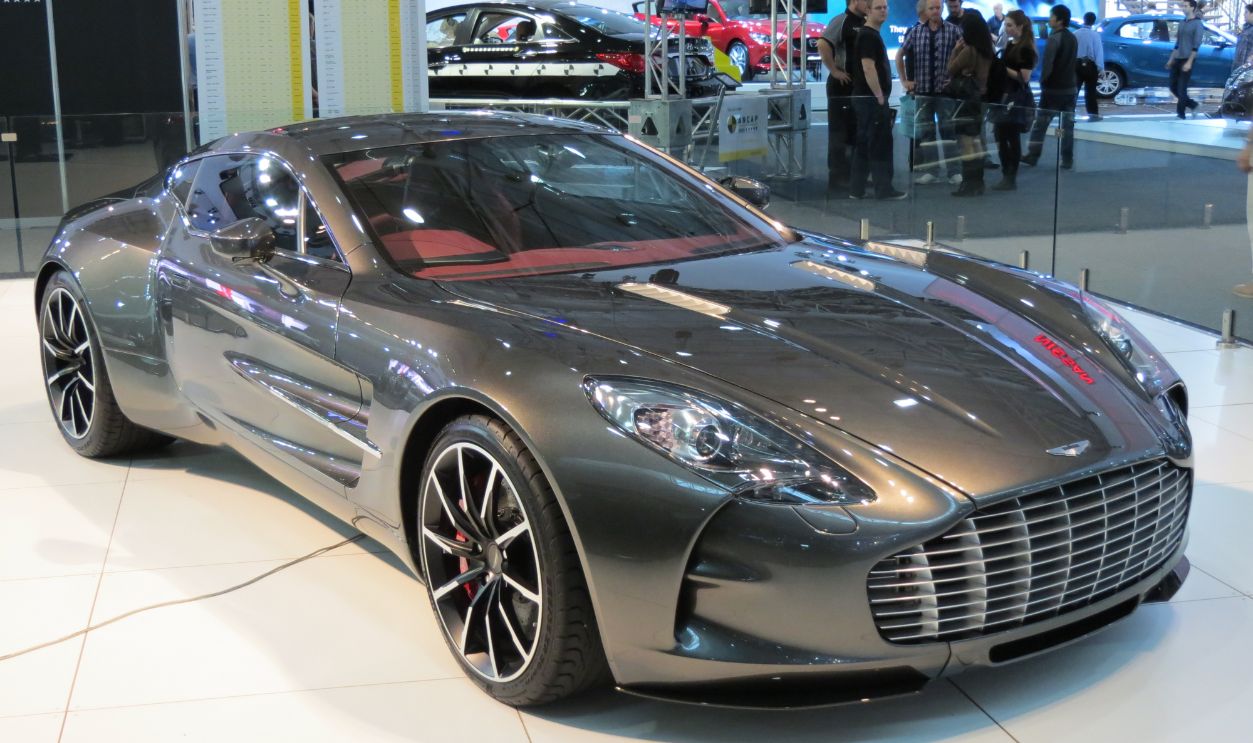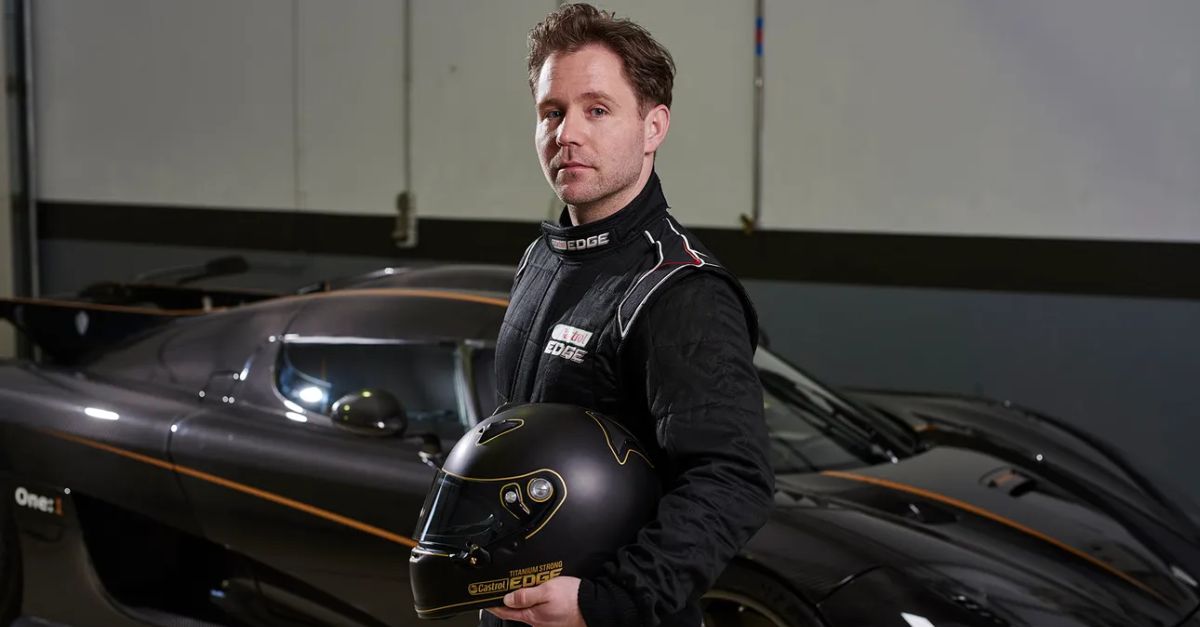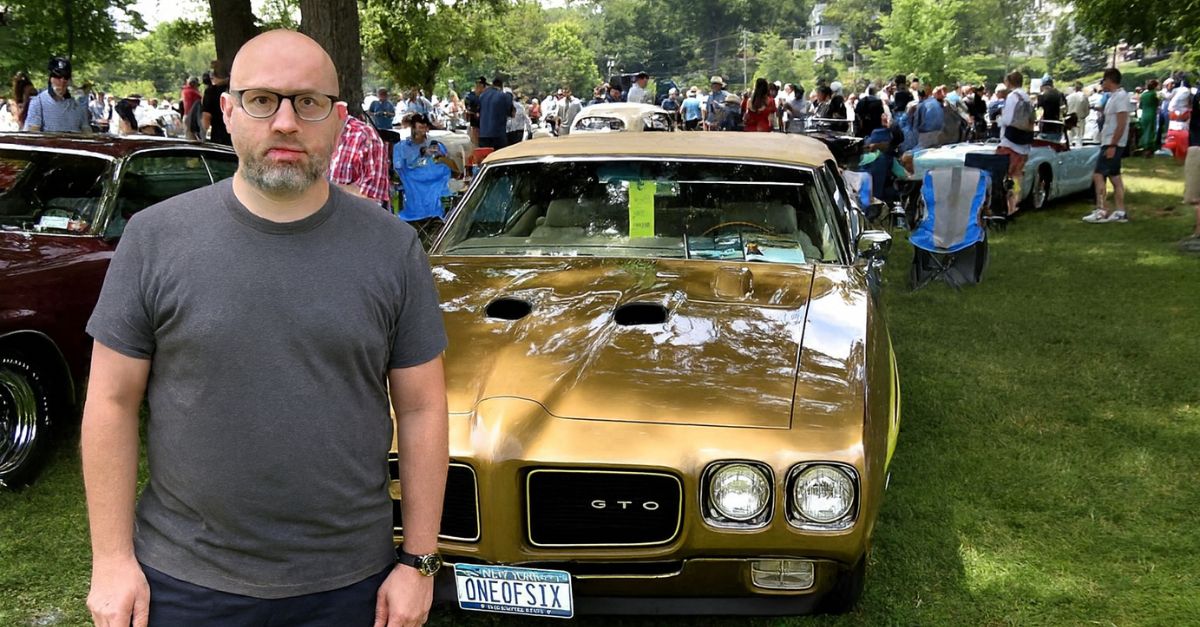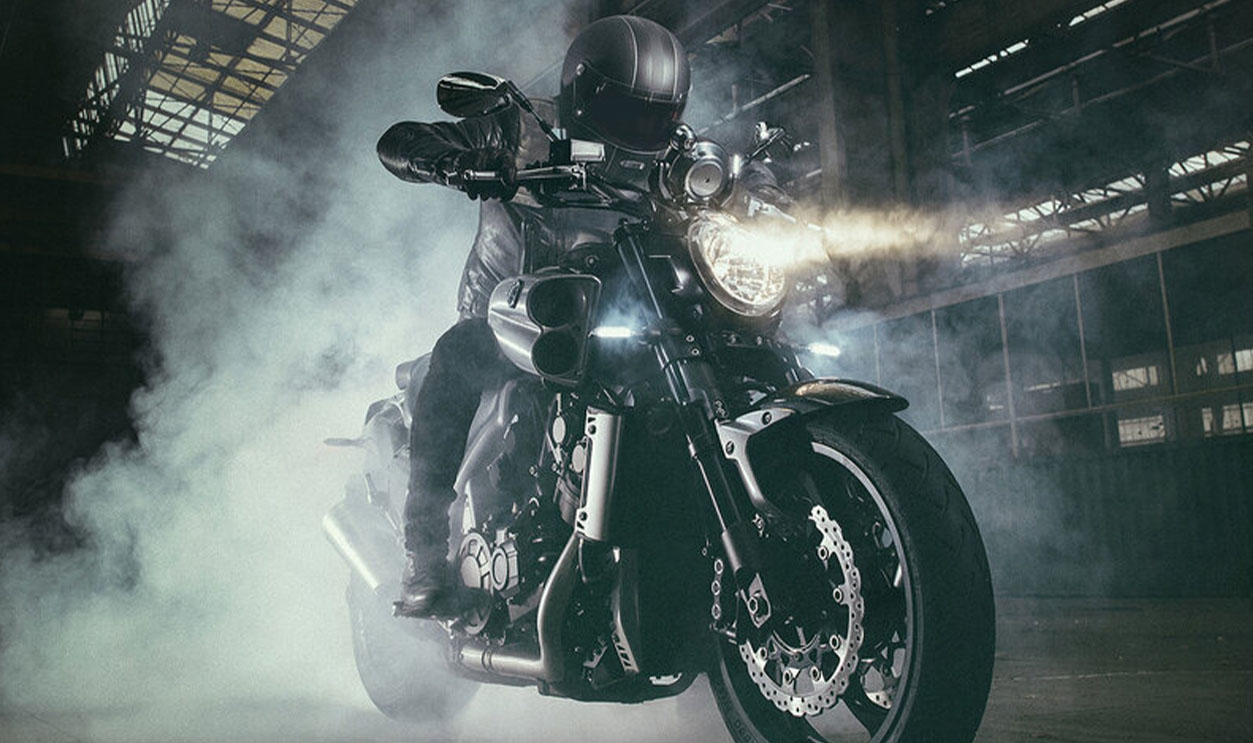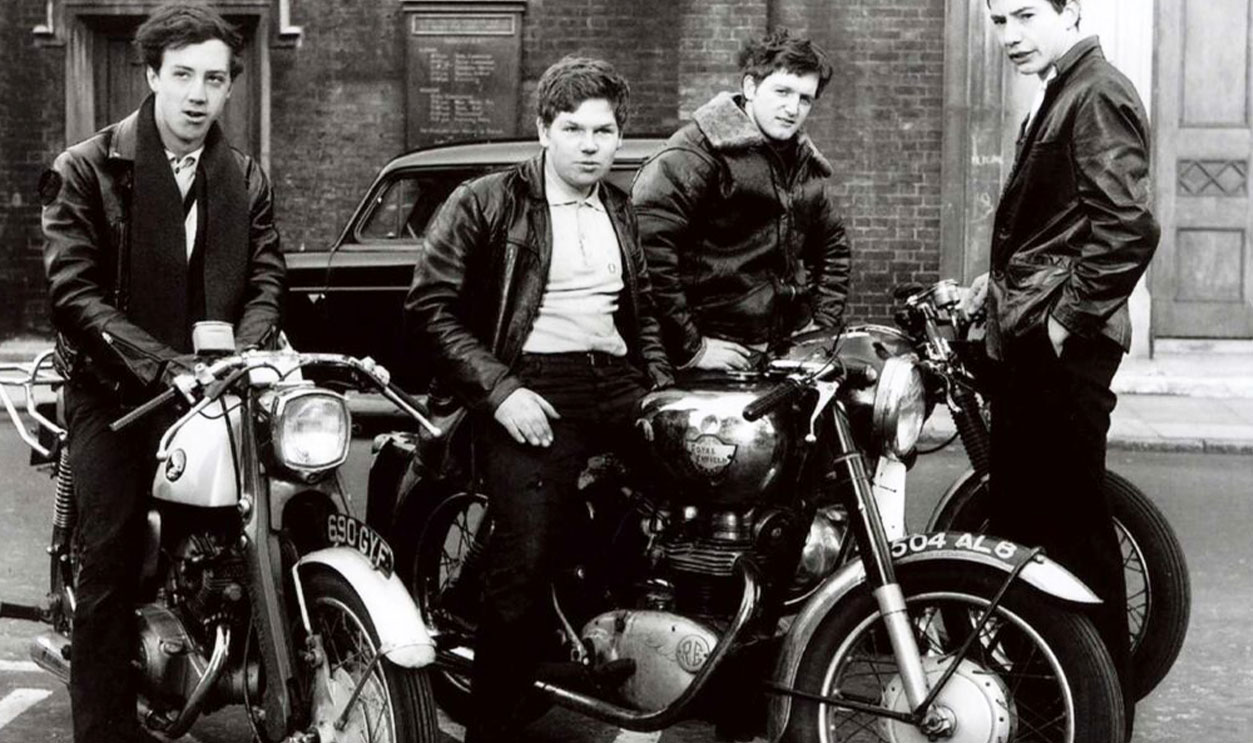Wheels Of Wonder
Metal meets magic, whereas engineering kisses imagination. These 25 supercars are rolling sculptures that defy gravity, logic, and sometimes even physics. Have a look.
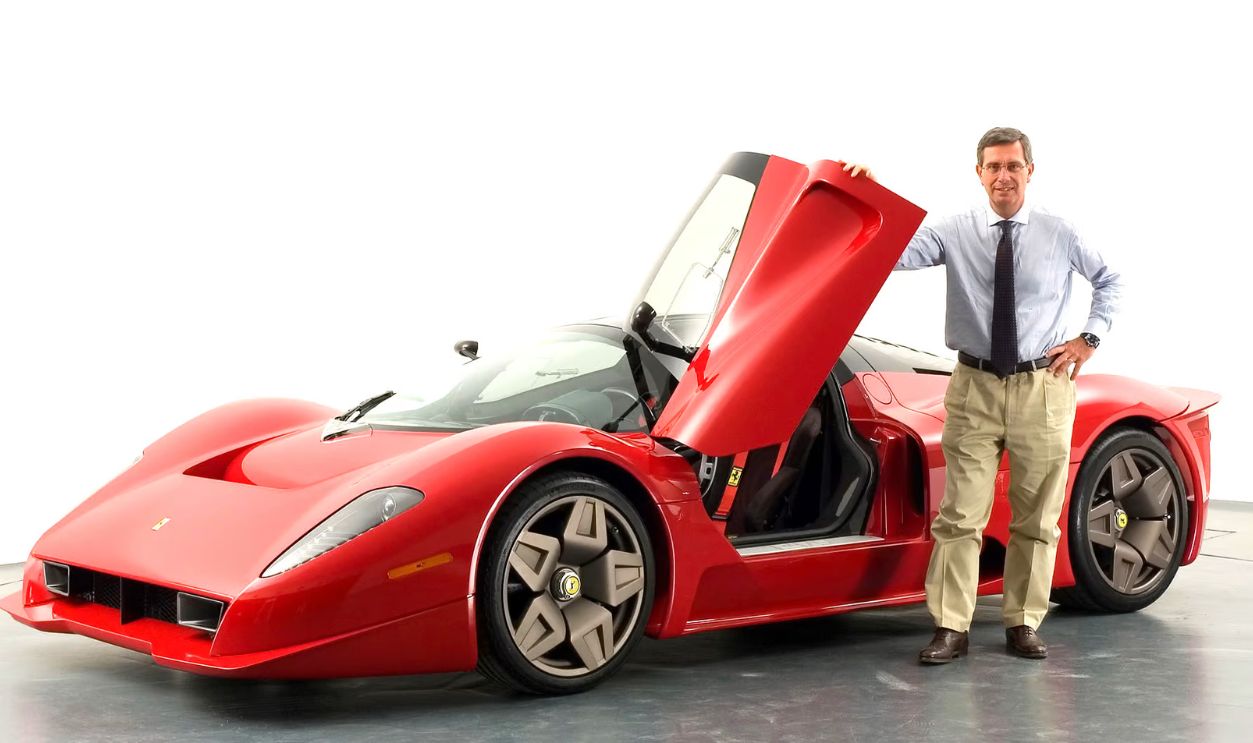
Ferrari 250 GTO
In the early 1960s, Giotto Bizzarrini sculpted the GTO—poetry in motion, slicing through racing circuits with a 3.0-liter V12 engine on a body with elegant curves and vintage details. The GTO sold for $51,705,000 in 2023, making it one of the most expensive cars ever sold at auction.
 Liam Walker, CC BY-SA 4.0, Wikimedia Commons
Liam Walker, CC BY-SA 4.0, Wikimedia Commons
McLaren F1 LM
Imagine a car so exclusive that only 106 were ever produced, with just 5 being road-legal versions. That’s the McLaren F1 for you. It carries a 6.1-liter BMW V12 engine delivering 618 bhp. McLaren redefined speed, with this iconic car setting a record of 240.1 mph in 1998.
 Chelsea Jay, CC BY-SA 4.0, Wikimedia Commons
Chelsea Jay, CC BY-SA 4.0, Wikimedia Commons
Lamborghini Veneno
When Lamborghini decided to celebrate its 50th anniversary, it introduced the Veneno. Powered by a 6.5-liter V12, this hypercar featured an aerodynamic design so aggressive it seemed to cut through the wind effortlessly. With just three customer units produced, plus a prototype, the Veneno is a collector’s masterpiece.
 Clément Bucco-Lechat, CC BY-SA 3.0, Wikimedia Commons
Clément Bucco-Lechat, CC BY-SA 3.0, Wikimedia Commons
Bugatti La Voiture Noire
At a price tag of approximately $18.7 million, this beauty is more artwork than automobile—transcending traditional transportation. Beneath its stunning exterior, inspired by the legendary Type 57 SC Atlantic, resides an 8.0-liter quad-turbo W16 engine producing 1,479 bhp.
 Y.Leclercq©, CC BY-SA 4.0, Wikimedia Commons
Y.Leclercq©, CC BY-SA 4.0, Wikimedia Commons
Pagani Zonda HP Barchetta
Horacio Pagani’s swan song to the Zonda line wasn’t just a goodbye—it was a mic drop. With a 7.3-liter V12 thundering 789 bhp, this machine represented the pinnacle of automotive craftsmanship: hand-built, lightweight, luxurious materials and bespoke finishes. Oh, and a racing heritage!
 Ank Kumar, CC BY-SA 4.0, Wikimedia Commons
Ank Kumar, CC BY-SA 4.0, Wikimedia Commons
Ferrari P4/5
Based on the Ferrari Enzo, this creation featured sleek curves, dramatic aerodynamics, and bespoke details, which seamlessly blend performance and artistry. Its elongated lines and glass canopy personified a futuristic elegance. The P4/5 was a rolling sculpture anyone would love to own—just have $6 million to get one.
 Simon Davison, CC BY 2.0, Wikimedia Commons
Simon Davison, CC BY 2.0, Wikimedia Commons
Lamborghini Countach
Before supercars became computational, the Countach reigned supreme. Its sharp, wedge-shaped profile, bold angular lines, and iconic scissor doors turned heads everywhere. The Countach was designed by Marcello Gandini at Bertone. Its imposing posture and futuristic proportions made it a masterpiece of automotive art.
 Palauenc05, CC BY-SA 4.0, Wikimedia Commons
Palauenc05, CC BY-SA 4.0, Wikimedia Commons
Aston Martin Valkyrie
Developed alongside Red Bull Racing, the Valkyrie was a rocket disguised as transportation. Its naturally aspirated V12 engine, a 160 bhp hybrid electric motor, and advanced aerodynamics inspired by Formula 1. Only 150 coupes and 85 track-only AMR Pro versions are being produced, alongside 85 spiders.
 MrWalkr, CC BY-SA 4.0, Wikimedia Commons
MrWalkr, CC BY-SA 4.0, Wikimedia Commons
Koenigsegg Jesko
Christian von Koenigsegg built a car he engineered as a speed weapon: a twin-turbo V8 generating up to 1,600 bhp, a lightweight carbon-fiber body, and advanced active aerodynamics. The Koenigsegg Jesko’s striking design featured sharp, flowing lines and an aggressive stance, crafted for maximum efficiency and aesthetic beauty.
 Alexander-93, CC BY-SA 4.0, Wikimedia Commons
Alexander-93, CC BY-SA 4.0, Wikimedia Commons
McLaren Speedtail
With a hybrid drivetrain producing 1,036 hp, the Speedtail redefined what streamlined could mean. The car’s sleek, teardrop silhouette was accentuated by its flowing lines and aero-focused details, like the retractable side mirrors and rear spoiler, all designed to merge form and function.
 Alexander Migl, CC BY-SA 4.0, Wikimedia Commons
Alexander Migl, CC BY-SA 4.0, Wikimedia Commons
Pagani Huayra
Huayra’s exterior is made from carbon fiber and lightweight materials, shimmered with a deep luster, while the elegant rear spoiler and air intakes are seamlessly integrated into the bodywork for both beauty and function. Inside, the hand-stitched leather and polished metal details elevated the Huayra to higher beauty levels.
 Edvvc, CC BY 2.0, Wikimedia Commons
Edvvc, CC BY 2.0, Wikimedia Commons
Lamborghini Sián
The Sián came when Lamborghini embraced hybrid technology. The company combined a naturally aspirated V12 with an electric motor, and it generated 819 hp. Its exterior is a glistening lightweight carbon fiber with distinctive hexagonal headlights, and a dynamic rear spoiler. The interior—hand-stitched leather, Alcantara, and polished carbon fiber trim.
 Calreyn88, CC BY-SA 4.0, Wikimedia Commons
Calreyn88, CC BY-SA 4.0, Wikimedia Commons
Ferrari LaFerrari
Flavio Manzoni’s team orchestrated engineering perfection with this one. LaFerrari carries a hybrid system producing over 950 hp. The outside features an aerodynamically designed body with flowing lines and a low, sporty posture. When inside, take in all the minimal yet refined cockpit features that make driving appealing.
 Axion23, CC BY 2.0, Wikimedia Commons
Axion23, CC BY 2.0, Wikimedia Commons
Bugatti Chiron
The Chiron is a machine so powerful it had to be electronically limited to 261 mph. Now here is the literal kicker: A powerful 8.0-liter quad-turbo W16 engine producing a bewildering 1,479 hp. It softens inside blending opulence and technology with hand-stitched leather and polished metal accents.
 Calreyn88, CC BY-SA 4.0, Wikimedia Commons
Calreyn88, CC BY-SA 4.0, Wikimedia Commons
Mercedes-AMG One
What happens when F1 technology meets road-going reality? Mercedes-AMG One happens. This machine carries a hybrid powertrain producing over 1,000 hp. The active aerodynamics transform this hypercar from a dream to a powerful, low-slung design with sharp lines, functional air vents, and a wide stance.
 Andrew Basterfield, CC BY-SA 2.0, Wikimedia Commons
Andrew Basterfield, CC BY-SA 2.0, Wikimedia Commons
Nissan GT-R
Nicknamed “Godzilla,” this ride demolished performance expectations with a twin-turbocharged V6 generating up to 600 hp. Kazutoshi Mizuno’s team created the GT-R’s iconic quad exhaust and signature front grille to add to its menacing look, while the interior, featuring sport-inspired seats and intuitive controls, keeps the driver firmly connected to the road.
 Elise240SX, CC BY-SA 4.0, Wikimedia Commons
Elise240SX, CC BY-SA 4.0, Wikimedia Commons
Maserati MC20
A twin-turbocharged V6 producing 621 hp wrapped in carbon fiber elegance, the MC20 was a statement where Italian automotive passion burns eternal. Davide Grasso’s team didn’t miss—a lightweight carbon fiber monocoque chassis, distinctive butterfly doors, leather and Alcantara upholstery, a 10-inch touchscreen, and intuitive controls.
 Alexandre Prevot, CC BY-SA 2.0, Wikimedia Commons
Alexandre Prevot, CC BY-SA 2.0, Wikimedia Commons
Apollo Intensa Emozione
With a naturally aspirated V12 giving 780 hp, the Apollo looked like it escaped from a sci-fi movie. It moved from zero to 60 mph in just 2.7 seconds and achieved a top speed of 208 mph. The fully carbon fiber body works towards its lightweightedness, further boosting aerodynamics.
 Lutz Blohm, CC BY-SA 2.0, Wikimedia Commons
Lutz Blohm, CC BY-SA 2.0, Wikimedia Commons
Rimac C_Two
This reimagines the supercar franchise. Forget traditional engines—the Rimac was a hint to the electric future of automotive excellence. With a jaw-dropping 1,914 horsepower and impressive autonomous driving features, it shattered the misconception that electric equals dull. Visionary Mate Rimac turned raw electricity into a symphony of unrelenting power.
 Branko Radovanović, CC BY-SA 4.0, Wikimedia Commons
Branko Radovanović, CC BY-SA 4.0, Wikimedia Commons
Ford GT
Designed to honor its predecessor’s dominance at Le Mans in the 1960s, this modern marvel carried the torch with pride. Powered by a 660-hp EcoBoost twin-turbo V6, it blends technology with an undeniable racing spirit. Each curve and rev of the engine echoed a legacy of American ingenuity.
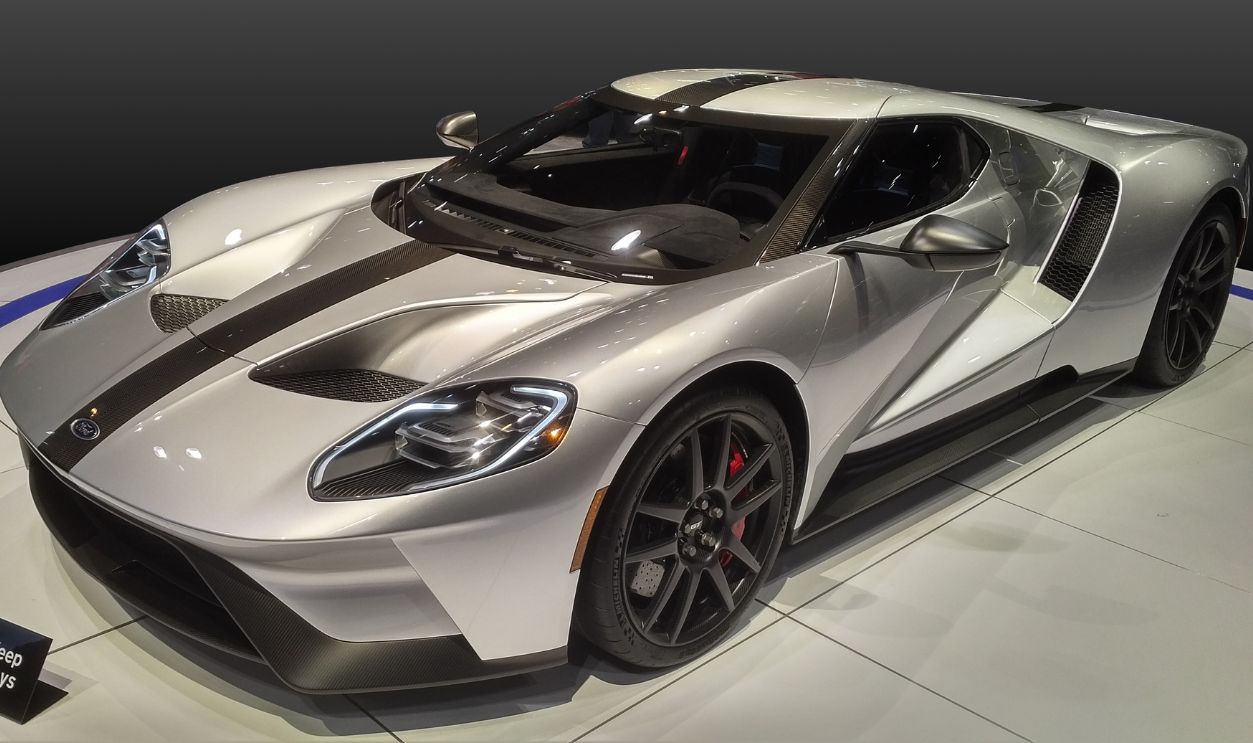 Ruben de Rijcke, CC BY-SA 4.0, Wikimedia Commons
Ruben de Rijcke, CC BY-SA 4.0, Wikimedia Commons
Zenvo TSR-S
A supercharged V8 produced 1,177 hp with a centrifugal wing that seemed to defy physics. That’s the Zenvo TSR-S taking only 2.8 seconds to move from 0 to 62 mph. The true marvel? Its centrifugal wing—a dynamic, tilting masterpiece that enhances cornering stability and downforce.
 Dylan Johnson, CC BY-SA 4.0, Wikimedia Commons
Dylan Johnson, CC BY-SA 4.0, Wikimedia Commons
Lotus Evija
Tipping the scales at just 4,160 pounds, the Evija set a new standard for weight reduction in the EV world. The design team, led by Matt Windle, achieved an astonishing blend of aerodynamics and aesthetic appeal, with sculpted bodywork channeling air like never before.
 MN, CC BY-SA 4.0, Wikimedia Commons
MN, CC BY-SA 4.0, Wikimedia Commons
Chevrolet Corvette C8 Stingray
The Stingray marked a significant shift in American automotive history—mid-engine layout and 495 hp naturally aspirated V8. Tadge Juechter’s team shattered preconceptions by impeccably delivering engineering and affordability. The C8 delivers a 0-60 mph time of just 2.9 seconds, and a design that turned heads on any continent.
 Don DeBold, CC BY 2.0, Wikimedia Commons
Don DeBold, CC BY 2.0, Wikimedia Commons
Aston Martin One-77
A perfect blend of art and engineering, the Aston Martin One-77 was limited to just 77 units. With its handcrafted aluminum body and sophisticated carbon-fiber monocoque chassis, it featured stunning performance and timeless elegance, propelled by a naturally aspirated 7.3-liter V12 engine that produced 750 horsepower.
Porsche Carrera GT
A car that defined the golden age of analog supercars, the Porsche Carrera GT housed a 5.7-liter V10 engine producing 612 hp. Its lightweight carbon fiber with precise engineering resulted in impeccable handling. The Carrera GT’s design ensured it was as stunning to look at as it was to drive.
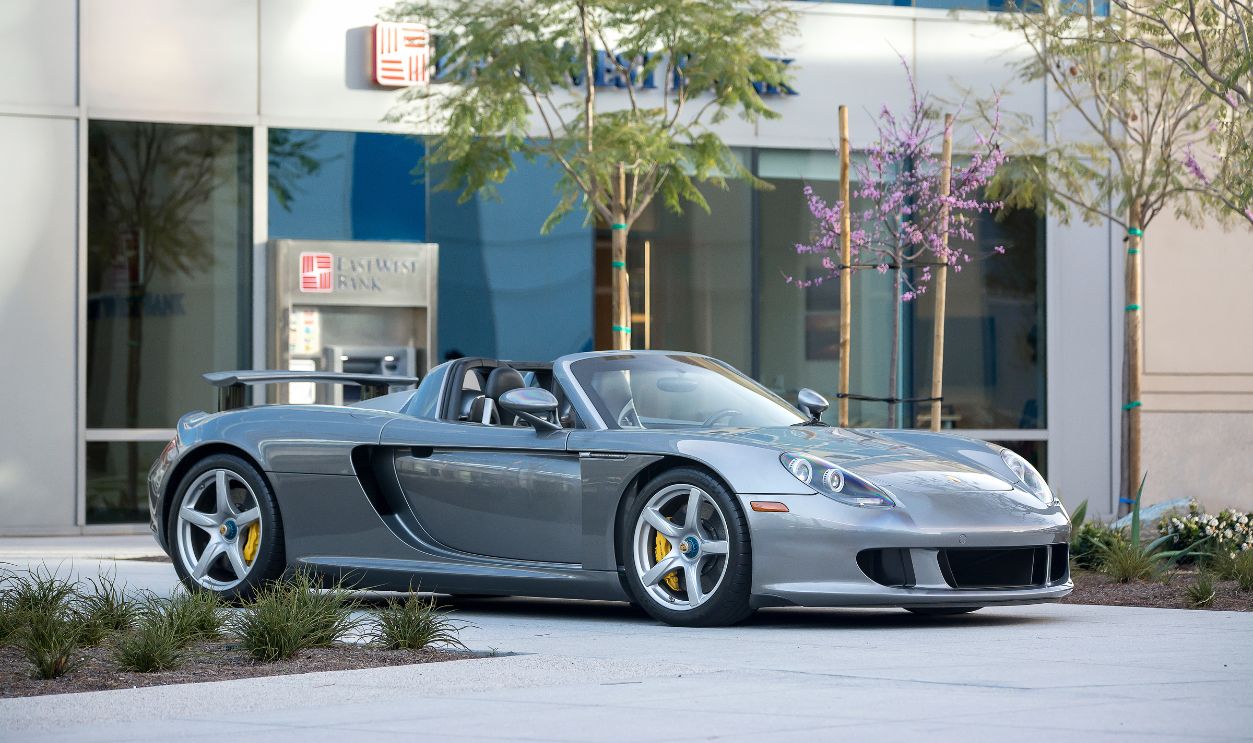 Axion23, CC BY 2.0, Wikimedia Commons
Axion23, CC BY 2.0, Wikimedia Commons

